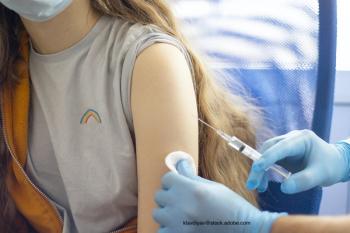
Not every pharmacist may feel comfortable administering vaccines to children, but education could help.

Not every pharmacist may feel comfortable administering vaccines to children, but education could help.
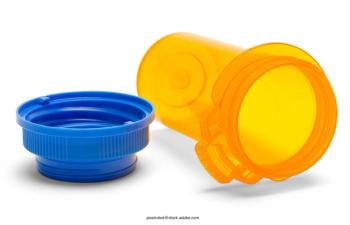
Shortages are leaving patients in the lurch.
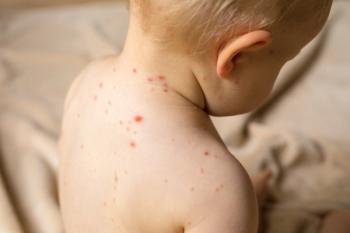
The US was the first country to begin universal vaccination of children against varicella.

Additional research is needed to fully understand the scope of Long COVID.
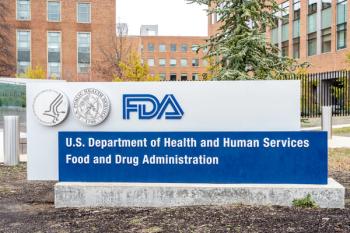
Aro Biotherapeutics’ ABX1100, used to treat Pompe disease, was granted a Rare Pediatric Drug designation by the FDA.
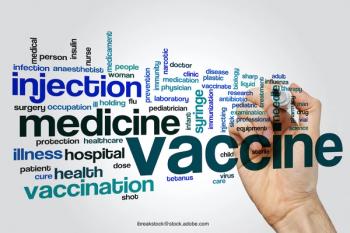
William J. Muller, MD, PhD, discusses COVID-19 vaccinations for children of all ages and describes what is on the horizon for RSV.

Improvements in atopic dermatitis symptoms were seen in children taking dupilumab, with minimal adverse events.

Software updates in closed-loop systems may lead to better time in range numbers for children with type 1 diabetes.
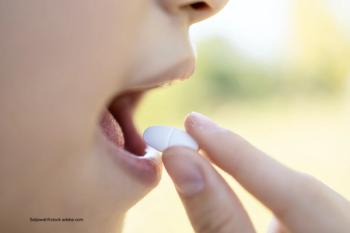
Are prescription cap laws for opioids effective for children and teenagers?
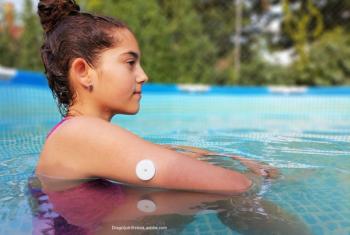
Improved glycemic control could reduce the risk of diabetes-related brain damage among teens and adolescents with type 1 diabetes.

Findings show more than one-third of infected preschoolers are asymptomatic. The results call into question COVID-19 prevention strategies based on screening young children for symptoms.

A recent review suggests that atomoxetine can reduce symptoms of anxiety in children and adolescents with ADHD.

Clearance expands on initial clearance from January 2022.

Children with atopic dermatitis will soon have more options for treatment, as clinical trials show promising results.
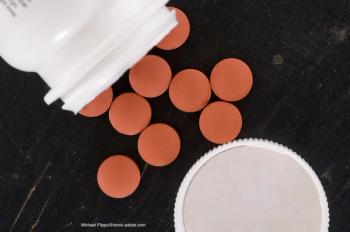
A variety of nonprescription treatments, supplements, and patches can alleviate pain for children and adolescents.

Further evidence-based antidepressant treatments are needed for children and adolescents with depression.
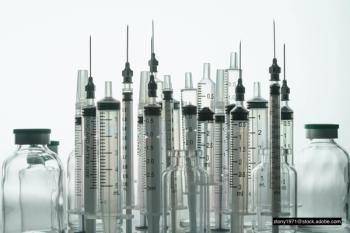
The FDA has granted Emergency Use Authorization EUA of the Jynneos vaccine for pediatric patients <18 years who are at high risk of monkeypox infection.

Pharmacists’ body of knowledge is crucial in helping pediatric and adult patients select the right medication to treat their ADHD.

Evidence of the relationship between probiotics and antibiotics is lacking.

Janssen Pharmaceutical Companies of Johnson & Johnson announced the approval of ustekinumab as a new treatment option for patients aged 6 years or older with active psoriatic arthritis.

There are numerous methods of contraception available for adolescents.

Nonstimulant drugs and even nonmedication options are available for use.

An expert offers considerations and developmentally appropriate interventions to promote high-quality, patient-centered pediatric infusion care.

The effect of acne is more than skin deep.
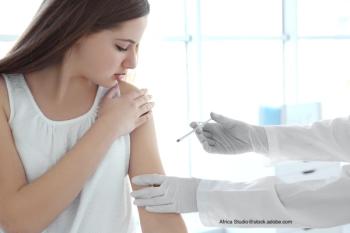
The FDA approved the pneumococcal 15-valent conjugate vaccine for the prevention of invasive pneumococcal disease in infants and children.